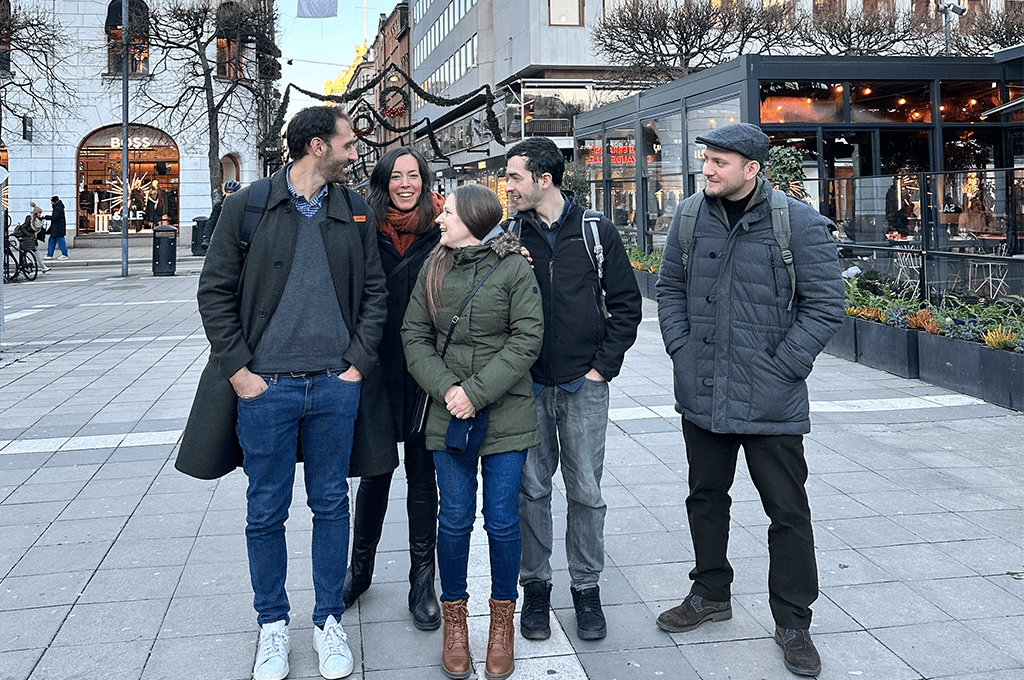A new dimension to human whole genome sequencing
One of SciLifeLab’s research groups is the first site in Europe to obtain the new Gemcode system for phasing short-read DNA sequencing data.
It has recently become possible to sequence whole human genomes at a reasonable cost using next generation DNA sequencing based on short-read technology. The recently launched Gemcode system adds a new dimension to short-read DNA sequencing, by enabling the ordering of millions of barcoded short sequence reads of 150 base pairs into long continuous DNA molecules of hundreds of thousands of base pairs in size.
The research group in Molecular Medicine at SciLifeLab in Uppsala is the first site in Europe to obtain a Gemcode system. The Gemcode system consists of a small desk-top instrument in a microfluidistic format and a set of 750000 barcodes for sequencing library preparation. An open source computer program for ordering short DNA sequence reads into long DNA fragments with the aid of the barcodes is also provided.
Gemcode fits seamlessly with the existing HiSeq sequencing machines used at SciLifeLab for human whole genome sequencing. The amount of DNA required is extremely low, an advantage when working with precious patient samples, according to Dr Tom Martin, who is responsible for the Gemcode system.
The unique barcoding system of Gemcode allows genetic variants detected in short sequence reads to be ordered into haplotypes experimentally. Long “molecular haplotypes” greatly increase the information content of the sequence data and make it easier to detect rare inherited genetic risk variants in human diseases.
“In our research project on pediatric leukemia we plan to use Gemcode to define the exact chromosomal breakpoints of large scale chromosomal rearrangements and repetitive sequences that are typical for leukemic cells, but are difficult to characterize in short sequence reads,” said Professor Ann-Christine Syvänen, who leads the Molecular Medicine group.




